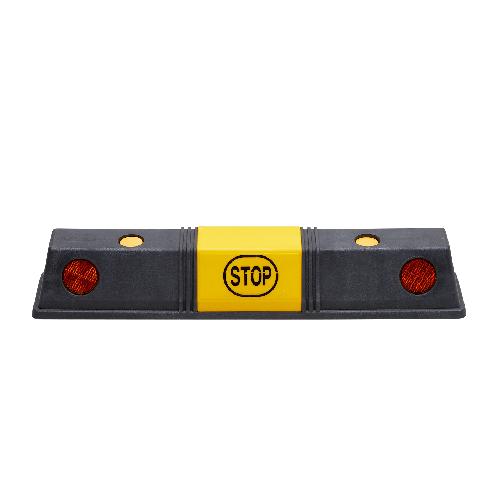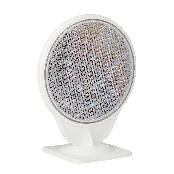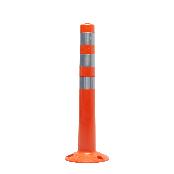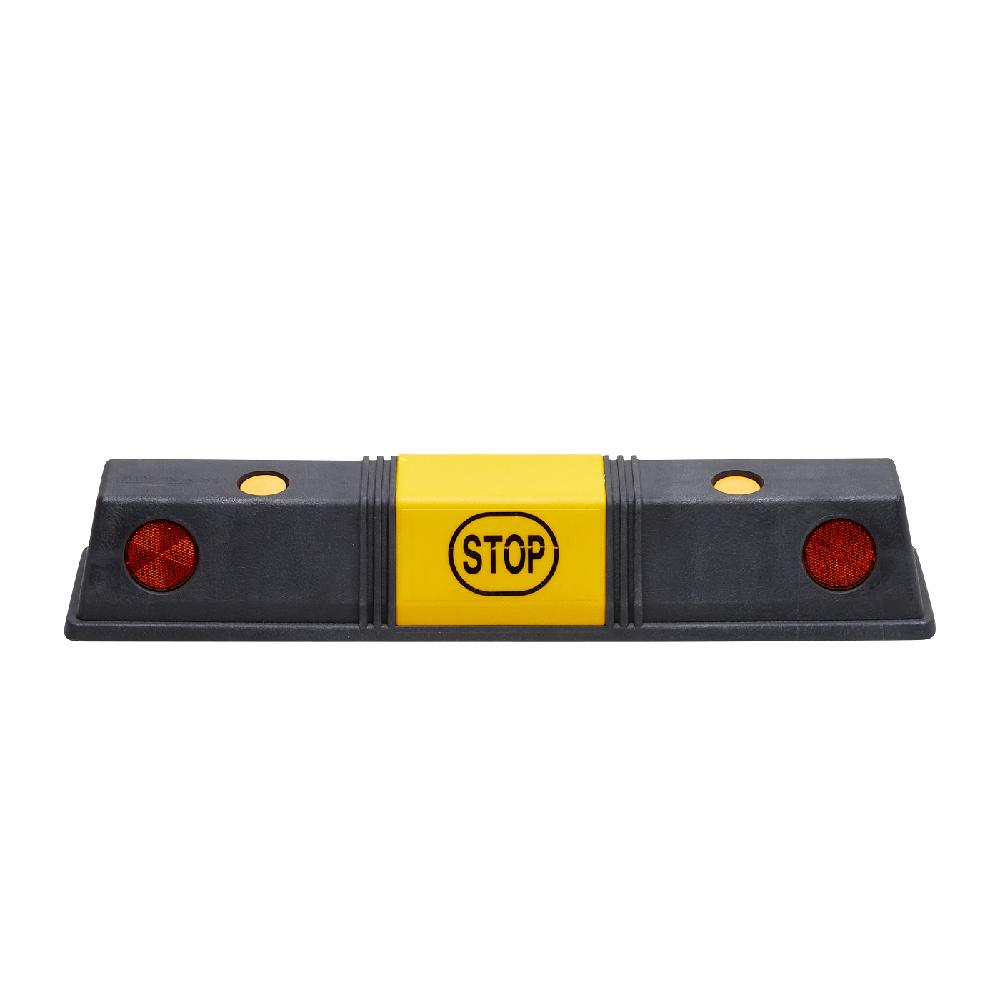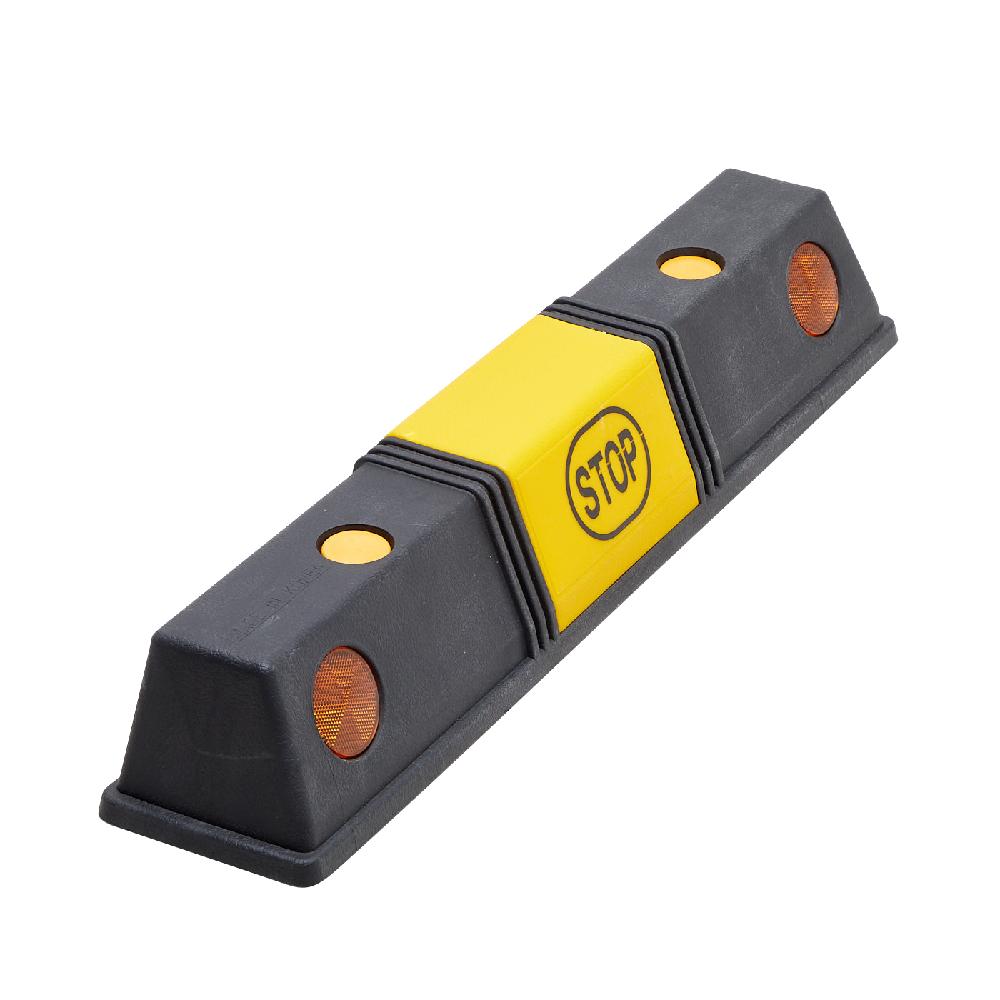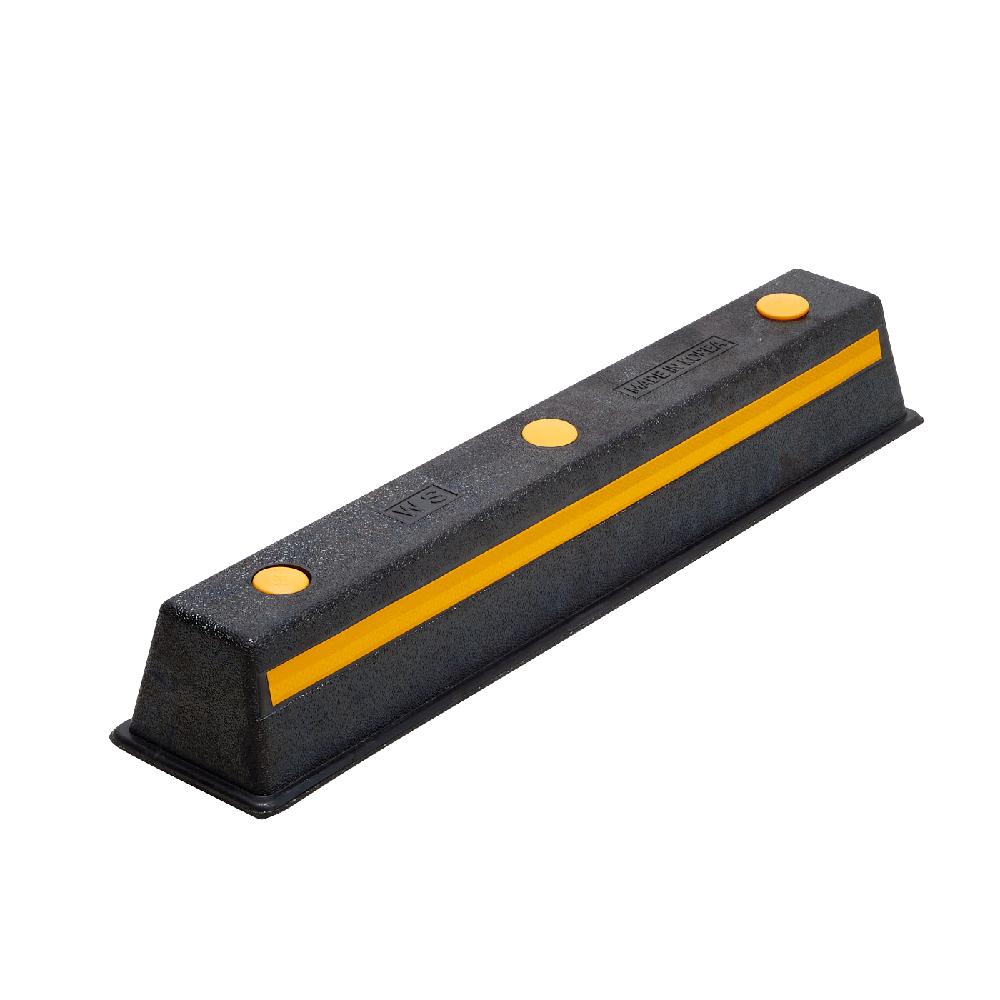ITEM SPECIFICS
-
Brand
kvs
-
origin
Republic of Korea
-
Size(Capacity)
750*110*150
-
Material
Complex urethane
-
Function
A device that encourages vehicle stopping, protects pedestrians and facilities, and improves order a
-
Expiry Date
Semi-permanent use possible
-
Features
Products that meet international safety standards
PRODUCT DESCRIPTION
Parking blocks are devices that guide vehicles to safely stop within designated parking spaces and are an important component of parking lots. They are usually made of durable materials such as concrete, rubber, plastic, and metal, and act as physical barriers to prevent vehicle wheels from leaving the parking space. They prevent vehicles from moving forward or backward excessively and damaging other vehicles, pedestrians, and buildings, providing both safety and efficiency. Rubber parking blocks absorb shock to reduce vehicle damage, concrete blocks provide high stability, and plastic blocks are lightweight and easy to install.
Parking blocks are made in eye-catching colors such as yellow, black, and white, and reflective strips are added to make them easy to identify at night. They are usually installed on the boundary of the parking lot, on the sidewalk, near the wall, or in front of a pillar, and are firmly fixed to the ground using fixing pins or adhesives. They prevent vehicles from crossing the parking space, thereby increasing safety, reducing congestion, and preventing collisions between pedestrians and vehicles.
In addition, eco-friendly products made of recycled plastic or recycled rubber are widely used, and they are economical and easy to maintain. Parking blocks are used in various places such as private parking spaces, public parking lots, shopping malls, and hospitals, and contribute to improving parking space alignment and increasing space efficiency. They provide a physical stopping point for drivers to easily stop their vehicles, and their shock-absorbing function protects vehicles and drivers.
They are durable and can be used for a long time without being affected by the external environment, and can be customized by adjusting the size and color according to needs. Due to their economic efficiency, ease of installation and replacement, and driving convenience, parking blocks are widely used as an essential safety device in modern parking lots.
Parking blocks are made in eye-catching colors such as yellow, black, and white, and reflective strips are added to make them easy to identify at night. They are usually installed on the boundary of the parking lot, on the sidewalk, near the wall, or in front of a pillar, and are firmly fixed to the ground using fixing pins or adhesives. They prevent vehicles from crossing the parking space, thereby increasing safety, reducing congestion, and preventing collisions between pedestrians and vehicles.
In addition, eco-friendly products made of recycled plastic or recycled rubber are widely used, and they are economical and easy to maintain. Parking blocks are used in various places such as private parking spaces, public parking lots, shopping malls, and hospitals, and contribute to improving parking space alignment and increasing space efficiency. They provide a physical stopping point for drivers to easily stop their vehicles, and their shock-absorbing function protects vehicles and drivers.
They are durable and can be used for a long time without being affected by the external environment, and can be customized by adjusting the size and color according to needs. Due to their economic efficiency, ease of installation and replacement, and driving convenience, parking blocks are widely used as an essential safety device in modern parking lots.
PAYMENTS DETAILS
This supplier supports payments for offline orders
- Telegraphic Transfer : T/T
- Name : junghwan ahn
SHIPPING
Shipping from :
Republic of Korea
- 171 Deogam-ro, Daedeok-gu, Daejeon (34333)
KOREA VACUUM SAFETY
The person in charge
kwangja kimAddress
171 Deogam-ro, Daedeok-gu, Daejeon (34333)
⠀⠀
KOREA VACUUM SAFETY
Introduction
Our company, Korea Vacuum Safety, started as a road reflector manufacturer in 1993 and has developed into a specialized company for road traffic safety products through continuous technological development and reliable product production. We are the first company in Korea to receive social enterprise certification from the Minister of Employment and Labor in the road traffic safety product sector.
In particular, stainless steel traffic convex mirrors produced using AI process technology have been recognized for their quality, occupying 80% of the domestic market in Korea. Stainless steel traffic convex mirrors are manufactured according to international safety standards.
Connecting parts developed and produced using a patented method enable installation much faster and easier than competitors' products.
We attended transportation exhibitions in the Netherlands and Japan and received good reviews, and are now supplying our products to government offices in several countries.
As a social enterprise, we will do our best to improve the quality of life of local residents by providing social services or jobs to vulnerable groups and contributing to the local community.
-
- Business Type :
- Manufacturer
-
- Main Product :
- safety convex mirror
-
- Established :
- 2004-10-10
-
- Total Annual Revenue :
-
- Total Employees :
- 11~50 people
COMPANY ENVIRONMENT
Please suggest a variety of your ideas such as design, impact, enhancements, etc
Captcha Required
Please enter the text on the left image to prevent automatic input.
0 / 4000
질문이 없습니다.
CUSTOMER REVIEWS (0)
TRADE EXPERIENCE
-
- Total revenue
-
- Total export revenue (previous year in USD)
-
- Number of foreign trade employees
- 11~50 people
COMPARISON TO SIMILAR ITEMS more
- No Items
